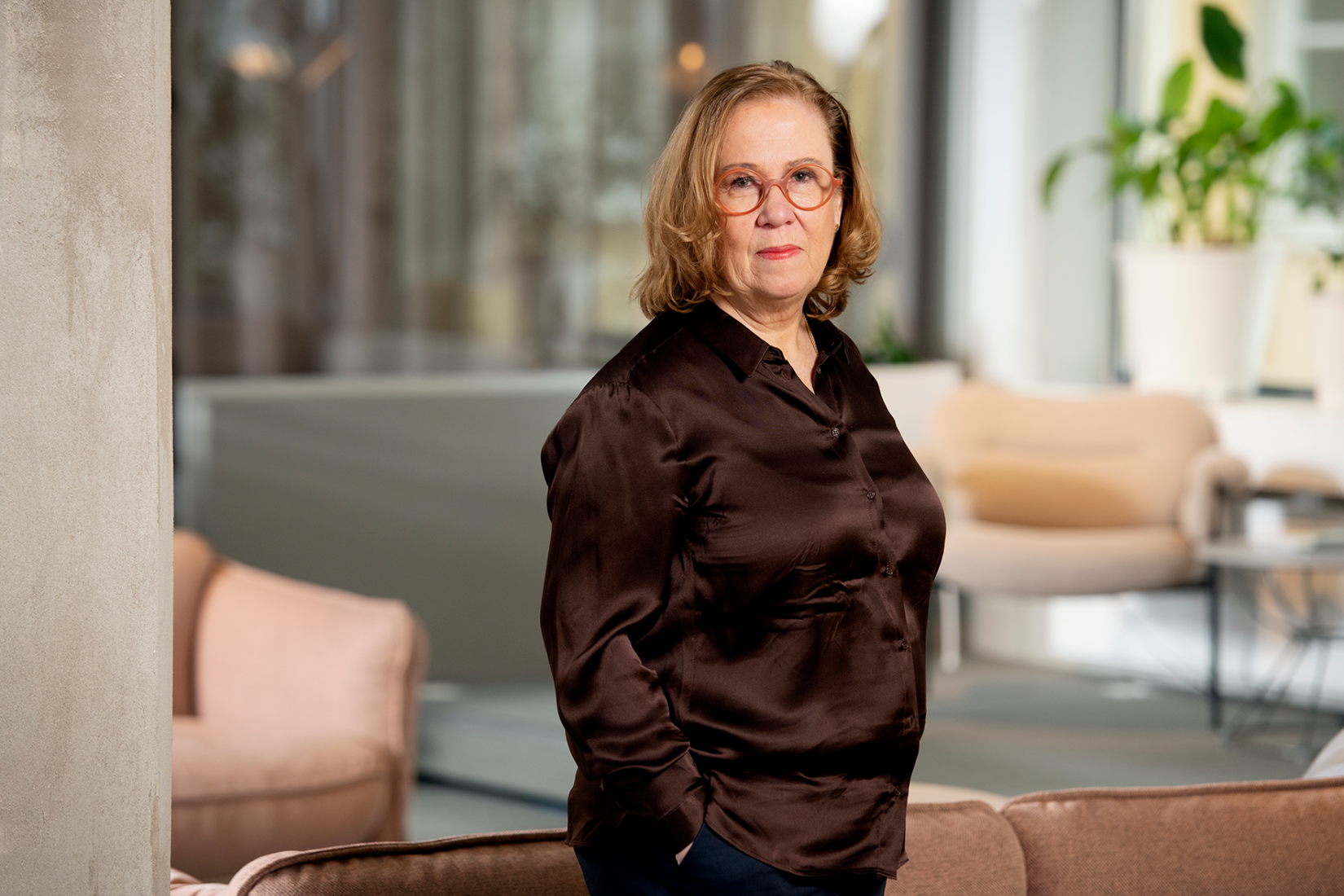What does the phrase “Sweden’s image” actually mean?
It is how the general public or a specific target group abroad perceives Sweden. When we analyse Sweden’s image, we examine how Sweden is portrayed in international news media and on social media. We also monitor how the country performs in relation to other nations in international comparisons, surveys or published indexes.
What is SI’s role in regard to Sweden’s image?
The Swedish Institute is the agency tasked with monitoring and assessing Sweden’s image. We produce analyses and reports on the global public’s perception of Sweden. We do this by conducting our own studies, external monitoring and analysis, and also gathering information on specific issues and events that can affect Sweden’s image.
Why is it important to study Sweden’s image?
It is crucial that Sweden is globally regarded as an interesting partner – for our appeal as a country, for our relations with the rest of the world, for trade opportunities, and for our security. In order to be able to build international relations, we need to understand how the world is developing and how Sweden can be an attractive partner for cooperation.
What makes you different from other agencies that also deal with Sweden’s image?
SI follows the conversation about Sweden broadly, but we do not track individual actors as the Swedish Psychological Defense Agency (Myndigheten för psykologiskt försvar) does. Nor do we assess the degree of threat to Sweden, as is done by the Swedish Security Service (Säkerhetspolisen).
We are also responsible for Sweden’s official websites and communications in English, Russian and Arabic. In our close contact with our audience, we can see early on when new types of narratives begin to take hold and spread.
Has the image of Sweden changed over the past year?
The Qur’an burnings have provoked strong reactions in the Muslim world and received widespread attention from the international media. We notice that Sweden is now mentioned in new contexts compared to a few years ago. Examples of these topics include the Qur’an burnings, misinformation about Swedish social services, gang-related violence, and the Swedish NATO process. We also see that Sweden has lost some of its appeal in some countries like China, Turkey and Saudi Arabia.
At the same time, it is important to remember that the perception of Sweden abroad is generally positive. The image of a country is affected by many things. For Sweden, stable governance, well-known brands, cutting-edge research and our work on environmental and climate issues have provided a solid foundation and a high level of trust on an international level.
How serious is the situation?
Sweden is in a vulnerable position. There are those who want to harm Sweden and Swedish interests by deliberately spreading and fueling false perceptions of Sweden. Repeated messages that Sweden offends Muslims and that the state is behind it worsen conditions for Sweden and those acting to support Swedish interests. So it is, of course, serious.
How can SI help improve Sweden’s image?
Our mission is to spread information and increase interest and trust in Sweden. We do this through communication and relationship-building efforts. An important task for SI and other Swedish promotional organisations will be to increase awareness of Sweden among selected target groups. This will be particularly important in the Middle East and North Africa (MENA) region, where we know that knowledge is relatively low.
We disseminate information about Sweden through universities, embassies and cultural institutions. SI also communicates directly with foreign audiences and is responsible for Sweden’s official @sweden channels in English, Arabic, Russian and Chinese, as well as in French via SI Paris. In total, we have over 3 million followers on social media.
Digital communication is an effective tool to counter claims about our country, but we also ensure young talent and leaders can come to Sweden through our scholarship and leadership programs. Our alumni are also a great asset for spreading information about Sweden.
In what way can digital communication contribute to better understanding?
When there are events that provoke strong reactions abroad, such as the destruction of religious texts, we can directly address inaccuracies and answer questions. Responding to questions with facts is important in an intense debate, but it is also about continuing to communicate long-term and broadly about what Sweden is and stands for.
And what kind of relationship-building activities does SI carry out?
Over 1,500 young talents and leaders from the MENA region and elsewhere meet in Sweden every year through the SI’s leadership and scholarship programs. We stay in touch with many of them after completing the program through our global alumni network of nearly 19,000 individuals. Having personal experiences of a country can create a positive image that lasts a lifetime.
Do you want to know more about Sweden’s image or anything else about SI’s activities? Contact us at 08-453 78 00, si@si.se, or SI’s press line for media inquiries: 08-410 186 72.
